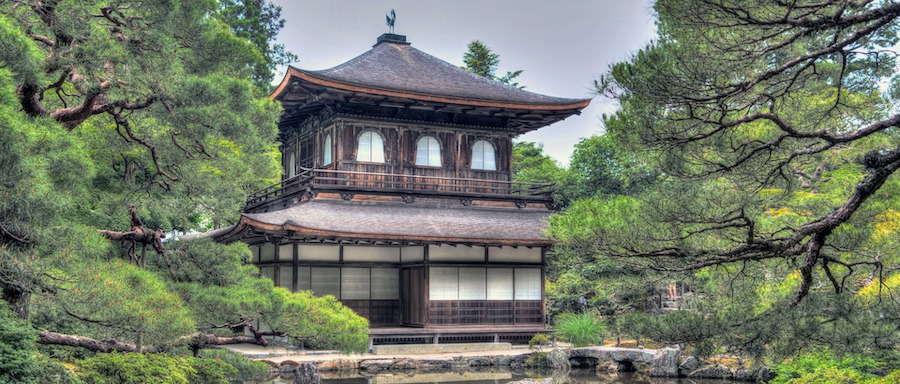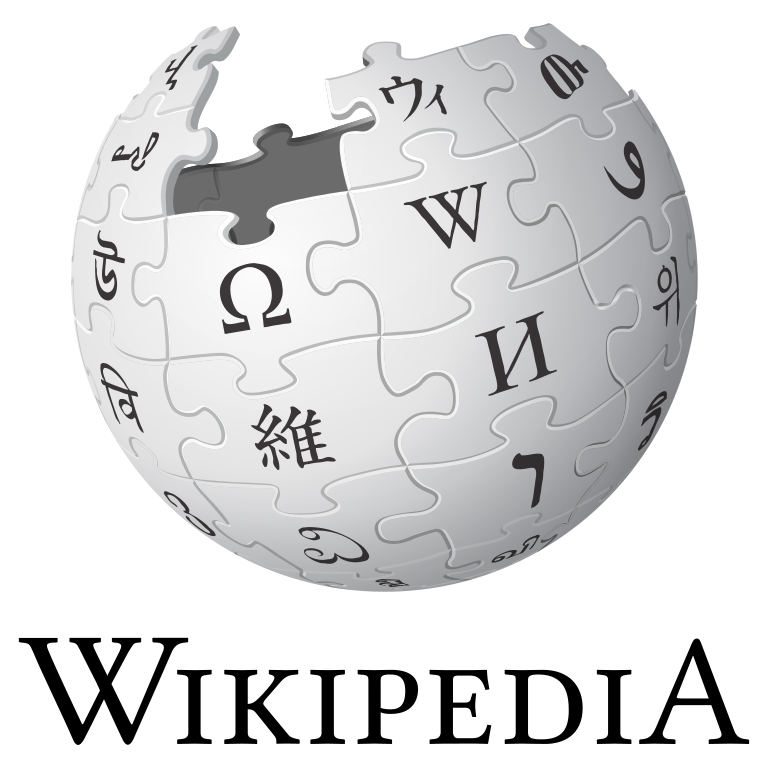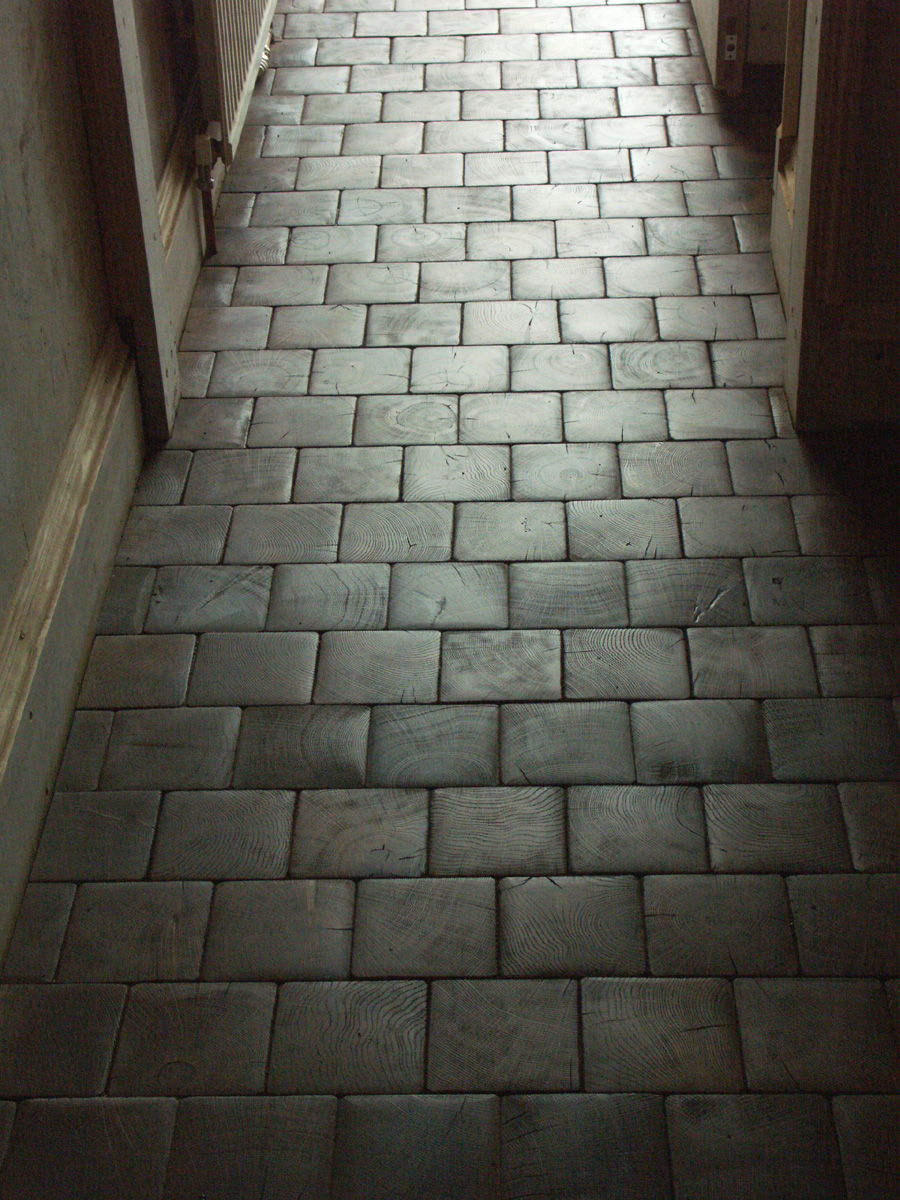Frequently Asked Questions
What is the history of the charred wood treatment 'Shou Sugi Ban'?
The term "Shou-Sugi-Ban" is Japanese (焼 杉 板) and translates literally as "cedar plank". The term is often used to describe the centuries-old Japanese technique of charring "sugi" (cedar) boards used for cladding, screens and flooring.
Originally, Japanese carpenters sought an artistic and unique finish from driftwood from the Japanese coast. Because of the weathering process wood undergoes when exposed to the harsh conditions of salt water, surf and sun, Japanese driftwood was valued for its unique appearance and durability in many different carpentry media.
Driftwood that had undergone the proper weathering process was scarce, while the demand in Japan for such a product was high. So the Japanese turned to a different weathering process to achieve the durability and aesthetics. Fire-burning was the preservative of choice with the unique and artistic dimension that Japanese homeowners and craftsmen were looking for.
The practice of charring Sugi (Cryptomeria japonica), commonly called Japanese cedar, has been common in Japan since 1700, and probably earlier. In the last 50-100 years, the practice has fallen out of favour in Japan due to the advent of modern plastic- or cement-based cladding, decking and fencing. In addition, wood has been scarce in Japan for a long time and most wood has to be imported, increasing costs. These factors caused Shou Sugi Ban to become a "lost" technique.
In the early 2000s, Shou Sugi Ban was "first discovered", first in Japan, but then it quickly caught the attention of architects and designers in Europe and North America and began to appear in specially designed homes and buildings. In the last few years, its use has really exploded, for the same reason that it was popular in Japan hundreds of years ago.
Wood burning as a method for colouring, finishing and preserving cladding, floors and fencing is on the rise. Since Japanese cedar is only native to Japan, builders in other countries and continents have been looking for other wood species such as western red cedar, cypress, Accoya, Douglas fir, oak, larch, etc. The result is just as good, if not better, than Japanese cedar.
Glossary
Driftwood is wood that has washed ashore on a beach or riverbank by the action of wind, waves and tide. It is in some cases, but not always, a form of marine debris. In some areas, driftwood occurs in large quantities. Wikipedia
Originally, Japanese carpenters sought an artistic and unique finish from driftwood from the Japanese coast. Because of the weathering process wood undergoes when exposed to the harsh conditions of salt water, surf and sun, Japanese driftwood was valued for its unique appearance and durability in many different carpentry media.
Driftwood that had undergone the proper weathering process was scarce, while the demand in Japan for such a product was high. So the Japanese turned to a different weathering process to achieve the durability and aesthetics. Fire-burning was the preservative of choice with the unique and artistic dimension that Japanese homeowners and craftsmen were looking for.
The practice of charring Sugi (Cryptomeria japonica), commonly called Japanese cedar, has been common in Japan since 1700, and probably earlier. In the last 50-100 years, the practice has fallen out of favour in Japan due to the advent of modern plastic- or cement-based cladding, decking and fencing. In addition, wood has been scarce in Japan for a long time and most wood has to be imported, increasing costs. These factors caused Shou Sugi Ban to become a "lost" technique.
In the early 2000s, Shou Sugi Ban was "first discovered", first in Japan, but then it quickly caught the attention of architects and designers in Europe and North America and began to appear in specially designed homes and buildings. In the last few years, its use has really exploded, for the same reason that it was popular in Japan hundreds of years ago.
Wood burning as a method for colouring, finishing and preserving cladding, floors and fencing is on the rise. Since Japanese cedar is only native to Japan, builders in other countries and continents have been looking for other wood species such as western red cedar, cypress, Accoya, Douglas fir, oak, larch, etc. The result is just as good, if not better, than Japanese cedar.
Glossary
Driftwood is wood that has washed ashore on a beach or riverbank by the action of wind, waves and tide. It is in some cases, but not always, a form of marine debris. In some areas, driftwood occurs in large quantities. Wikipedia
Andere veel gestelde vragen
-
What is the history of the charred wood treatment 'Shou Sugi Ban'?
Button -
What are the properties of Shou Sugi Ban?
Button -
What is the durability of Shou Sugi Ban?
Button -
Do I need to maintain Shou Sugi Ban wood?
Button -
How does carbonisation make the wood fire retardant?
Button -
How does carbonisation make the wood fire resistant?
Button -
Is Shou Sugi Ban water repellent?
Button -
What makes charred wood pest and insect resistant?
Button -
What is the price for Shou Sugi Ban?
Button -
What is the "Shou-Sugi-Ban" technique?
Button -
How do I treat Shou Sugi Ban?
Button -
Shou Sugi Ban wiki
Button -
Where can I find more information about Shou Sugi Ban on pinterest?
Button -
Shou Sugi Ban Belgium
Button -
Shou Sugi Ban France
Button -
Shou Sugi Ban The Netherlands
Button -
Shou Sugi Ban Germany
Button -
Yakisugi Belgium
Button -
Yakisugi France
Button -
Yakisugi The Netherlands
Button -
Yakisugi Germany
Button -
Shou Sugi Ban Fix
Button -
Shou Sugi Ban cladding
Button -
Shou Sugi Ban table
Button -
Shou Sugi Ban kitchen
Button -
Shou Sugi Ban fireplace
Button -
Shou Sugi Ban door
Button -
Shou Sugi Ban sauna
Button -
Shou Sugi Ban floors
Button -
Shou Sugi Ban furniture
Button -
Shou Sugi Ban fences
Button -
Shou Sugi Ban gates
Button -
Shou Sugi Ban specials
Button -
Shou Sugi Ban epoxy
Button -
Which types of wood are best for Shou Sugi Ban?
Button -
Shou Sugi Ban Accoya
Button -
Shou Sugi Ban Spruce
Button -
Shou Sugi Ban Douglas
Button -
Shou Sugi Ban Larch
Button -
Shou Sugi Ban Oak
Button -
Shou Sugi Ban Ayous
Button -
Shou Sugi Ban Ash
Button -
Shou Sugi Ban Thermowood
Button -
Shou Sugi Ban barnwood
Button -
Shou Sugi Ban Kebony
Button -
Shou Sugi Ban Cypress
Button -
Shou Sugi Ban Radiata Pine
Button -
Shou Sugi Ban Padouk
Button -
Is yakisugi suitable for all types of wood?
Button -
Can I perform yakisugi on my own?
Button -
How long does yakisugi-treated wood last?
Button -
Can I use yakisugi indoors?
Button -
Does yakisugi alter wood's structural integrity?
Button -
Is yakisugi a fire hazard?
Button
Quick and reliable
We can be reached by e-mail or telephone
Location (workshop)
Dendermondsesteenweg 120
B-9260 Wichelen
info@product-proof.com
Call
+32 479 022224
© 2024
All rights reserved | Product-Proof bv























